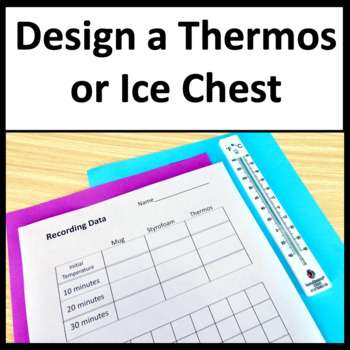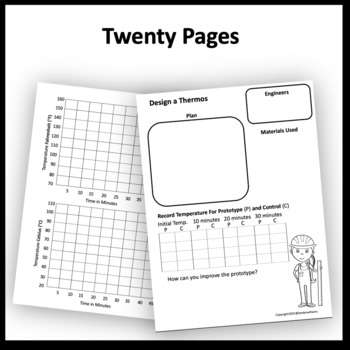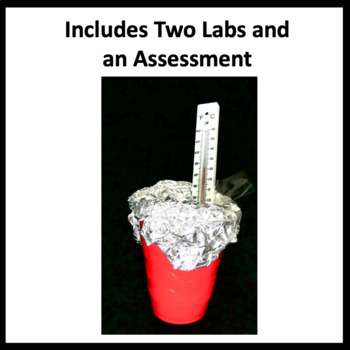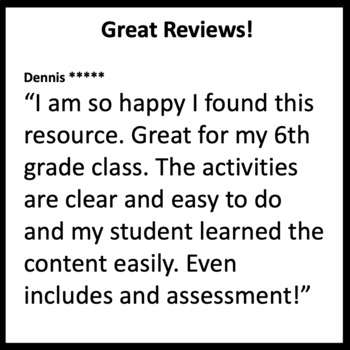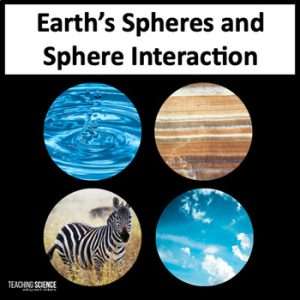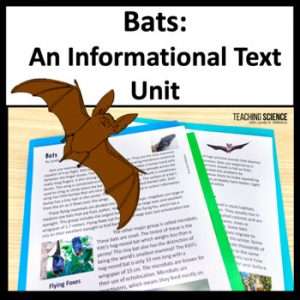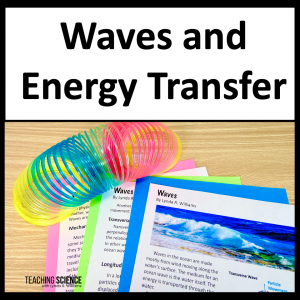Description
Students will use Design Thinking and STEM Engineering skills to design and test a prototype of a device like a thermos or ice chest to minimize thermal energy transfer. Students will make a thermos to keep something warm and a mini-ice chest to keep an ice cube from melting. Students will use what they know about insulators and conductors and heat transfer to design devices that they will test using controls. ❄️☀️
Design a Thermos/Design an Ice Chest ❄️❄️☀️♨️ includes:
- Two labs (engineering challenges)
- Follow-up pages
- An assessment
Teachers Love this Integrated Science Unit!❤️❤️❤️
Janice ⭐️ ⭐️ ⭐️ ⭐️ ⭐️ Extremely Satisfied
Wow! What a great unit with interesting labs…my students loved seeing the temperature drop or rise right before their eyes! Great STEM engineering integration. The students use science and engineering practices and really came up with some great prototypes. Loved this whole unit. Really well-designed.
Cathy ⭐️ ⭐️ ⭐️ ⭐️ ⭐️ Extremely Satisfied
I used this for the eighth grade Utah SEEd. It is a great resource and aligns well. The slide show was great for teaching concepts and the students loved the dramatic labs! We could see the temperature changes immediately! Awesome!
This resource is specifically designed to meet the following standards, but could easily be used by other grades as a STEM engineering activity:
✅ MS PS3-3 Apply scientific principles to design, construct and test a device that either minimizes or maximizes thermal energy transfer.* [Clarification Statement: Examples of devices could include an insulated box, a solar cooker, and a Styrofoam cup.] [Assessment Boundary: Assessment does not include calculating the total amount of thermal energy transferred.]
✅ Utah SEEd 6.2.4 Design an object, tool, or process that minimizes or maximizes heat energy transfer. Identify criteria and constraints, develop a prototype for iterative testing, analyze data from testing, and propose modifications for optimizing the design solution. Emphasize demonstrating how the structure of different materials allows them to function as either conductors or insulators. (PS3.A, PS3.B, ETS1.A, ETS1.B, ETS1.C)
Utah SEEd Standard 8.1.7
✅ Design, construct and test a device that can affect the rate of a phase change. Compare and identify the best characteristics of competing devices, based on data analysis, and modify them to improve the device to better meet the criteria for success. (PS1.B, PS3.A, ETS1.A, ETS1.B, ETS1.C).

Save 20% by purchasing the entire Energy Bundle!
Save 20% by purchasing in the STEM Engineering Bundle
Check out my blog post on managing science materials for STEM challenges!

